When tagging your classical music digital files, it is helpful to break up a composer's output into smaller, more manageable, 'chunks'. The "genre" tag is good at doing this -allowing J. S. Bach's vast output, for example, to be chopped up into separate folders for (say) cantatas, keyboard works, general choral works, oratorios, chamber works and so on. The 'genre' has no real purpose for classical music listeners beyond this broad 'divide into manageable pieces' function.
Accordingly, it should be borne in mind the genre provides a broad classification, not an academically-rigorous description of a work's musical form. Whilst it would be possible, perhaps, to create genres for 'ricercar', 'canzona', 'madrigal', 'ciaconne', 'passacaglia' and so on, in practice you'd end up with a composer's output being chopped up into a bazillion small pieces -and your management problem is then magnified, not simplified! So, getting too specific, precise and (dare I say) accurate is not the goal when classifying a piece of music by its genre. You want something that helpfully chops a composer's output up into maybe half a dozen to a dozen 'style groups'.
Below is the list of genres I have come up with for all my classical music needs, listed in alphabetical order. I also include the graphical 'icon' I use to represent each genre, but you are free to use or not use them as you please!
| • Ballet | 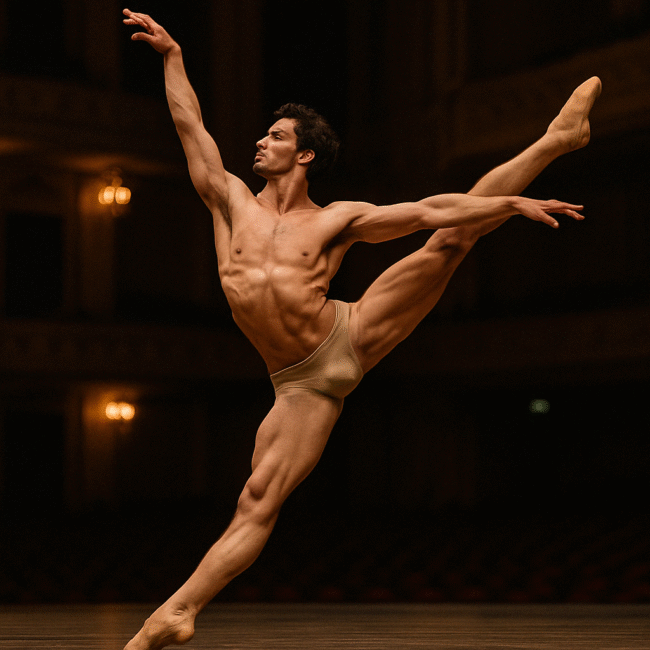 |
| • Cantata | 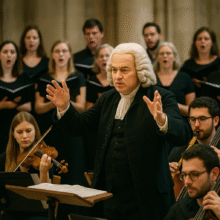 |
| • Chamber | 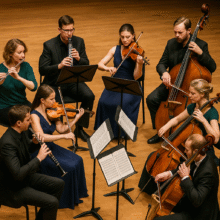 |
| • Choral | 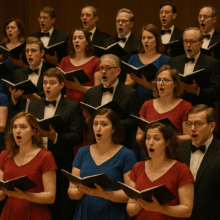 |
| • Concerto |  |
| • Film - Theatre - Radio |  |
| • Instrumental | 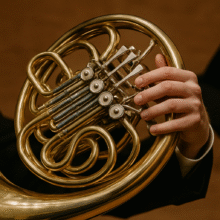 |
| • Keyboard |  |
| • Opera | 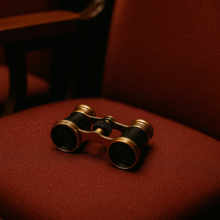 |
| • Oratorio |  |
| • Orchestral | 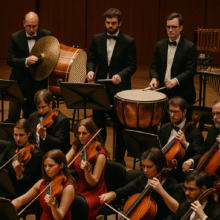 |
| • Quartet | 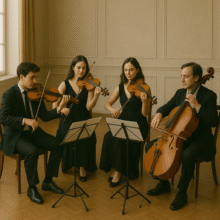 |
| • Symphonic | 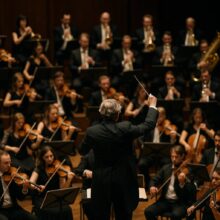 |
| • Vocal | 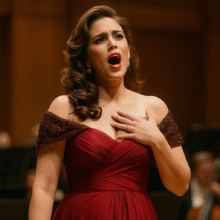 |
I offer some thoughts below about each of these genres in turn, why I've found them useful and so on.
Some notes on Genres
Ballet
By definition, a ballet score is going to be a large orchestral work. You could therefore reasonably classify the genre of Britten's The Prince of the Pagodas or Tchaikovsky's Sleeping Beauty as “orchestral”. However, doing so ignores the distinctively dramatic, narrative nature of a ballet score. In general, I think ballets are long enough and distinctive enough to warrant their own genre category.
Cantata
Bach cantatas are difficult to categorise as anything other than their own unique genre. Yes, they contain choral parts; but they also contain instrumental and solo vocal movements -so they are really not 'vocal', 'instrumental' or 'choral', but are entirely sui generis. Besides, there are so many Bach cantatas that separating them out into their own sub-folder is a really useful way of organising the physical storage of your digital music files. Some other composers wrote things which are commonly called 'cantatas' -Vivaldi, for example. I don't have a problem using the Bach-specific term for such non-Bach examples, either.
Chamber
Small instrumental works with one instrument per part and intended for performance in a domestic or small-room setting. String quartets are self-evidently examples of this genre, but I have come to the conclusion that Quartets are so distinctive -and quite a cohesive body of work- that they deserve their own classification. So, that leaves 'Chamber' to describe string quintets, sextets, octets and the like, along with flute, violin, cello and other sonatas.
Choral
Large-scale works that, whilst an orchestra may be present, are principally concerned with a choir performance. Requiem masses are a good example of this genre: Verdi's or Berlioz requires a huge orchestra, for example -but they are clearly more choral in nature than purely orchestral. Note that Oratorios are examples of choral works and could well be classified as such. However, oratorios tend to contain large parts for solo recitative (the Evangelist, for example), and thus are not 'purely' choral in nature. I therefore regard oratorios to belong in their own genre, whereas I don't think requiems and masses in general are sufficiently distinct in nature. I thought for quite a while whether I should distinguish between "Choral - Sacred" and "Choral - Secular", but felt in the end that it wasn't a useful distinction to make. I similarly wondered about creating a separate genre for 'Masses', but decided that I'd be tempted to catalogue Te Deums and Magnificats as 'Masses', when liturgically speaking they are nothing of the sort. You might also want to break Choral into smaller subsets -but think carefully about the logic and utility of doing so before you take the plunge!
Concerto
Large-scale orchestral works that contain a part for a solo (sometimes two or more) virtuoso instrumental parts. Obvious examples are piano concertos, violin concertos and the Britten Cello Symphony (whatever the composer thought!). Yes, concertos involve large orchestras, but they are distinctive enough in character to warrant their own genre classification.
Film - Theatre - Radio
A number of 20th century composers wrote significant orchestral works as radio plays and film scores. Often they are purely orchestral in nature and could, therefore, be classified as 'orchestral'. But they usually have a programmatic and narrative nature which makes them a distinct genre in their own right. Frequently, too, radio scores will contain spoken or sung narrative, so that they are not 'purely' orchestral or vocal works in any case. There is also a body of work intended for performance as incidental music in the theatre. Benjamin Britten's music for the Ascent of F6 would count under this heading -but I don't think I would characterise Handel or Purcell incidental music in the same way. "Film" and '"Radio" implies modern theatre, not ancient!
I will acknowledge that this genre appears to break Axiom 4: it's a multi-word genre, not a single word! My defense is that it's multi-word only because I couldn't readily come up with a single word that implied 'from the world of mass entertainment in its various forms'! I'm not using multiple words to imply a 'compound' genre or a hierarchical one, in other words.
Instrumental
I don't classify much music in this genre, but there are some works written for large-scale public performance (therefore, not chamber), but only for a handful of instruments (therefore, not orchestral). For example, Britten's Fanfare for St. Edmundsbury, which requires four trumpeters to perform in the open air.
Keyboard
A broad genre, covering everything from Harpsichord suites to Organ postludes, with piano études swept up on the way. There is a reasonable argument to be made for separating out harpsichord, piano and organ into their own, unique genres. But I didn't want to get into a fight with myself about whether a fortepiano should be classed as 'piano', or whether it was OK to include 'clavichord' under 'harpsichord'. Separating the genres also meant that performances of Bach's English Suite would end up in two different disk locations, depending on whether they were 'authentic' performances on the harpsichord or 'modern' performances on pianos. In the end, I decided sweeping everything into a single 'keyboard' genre was sufficient.
Opera
Covering everything from traditional 'Grand Opera' to one-act comic operettas, this genre is designed to group anything consisting of vocal soloists, chorus and orchestra performing works with an explicitly narrative, dramatic form involving (in real life) stage acting. Fans of Wagner will object that he didn't write operas, but “music dramas” or even “Gesamtkunstwerk” -but I think this is an example of erudition for the sake of it! Since Wagner is dead, I think we can safely regard his works as 'opera' for the purpose of classification and physical segregation on disk.
Quartet
As mentioned above, under 'Chamber', I've come to the conclusion that string quartets are so distinctive a musical 'form' that they probably deserve their own Genre classification. Obviously, a Tippett quartet isn't going to sound 'like' a Mozart one, but they would nevertheless share a 'family resemblance' that might mean, for example, one morning wanting to play nothing but string quartets, without a flute sonata getting in the way and cluttering up the works. Quartets are to Chamber as Symphonic is to Orchestral, basically: a useful sub-grouping.
Symphonic
This is intended to separate out the usually-multi-movement-but-coherently-designed, large-scale orchestral work from other large-scale orchestral works that are perhaps in the form of a single, extended movement. Richard Strauss' tone poems, for examples, are dramatic, large-scale and purely orchestral -but they aren't symphonies. For many composers, who only wrote a few symphonies, it's probably OK to classify them under the umbrella term 'orchestral'; but for those composers who wrote a lot of symphonies (Shostakovich, Mahler, Beethoven, Haydn, Mozart, Havergall Brian etc), splitting them out into their own genre helps break down a large collection of 'orchestral' works into slightly more manageable chunks.
Vocal
Intended to classify anything where (usually) a single soloist sings songs with piano or small orchestral accompaniment. Britten's song cycles, for example; Or Schubert's Lieder. The term 'small scale orchestral accompaniment' is not to be taken literally, either: Strauss' four last songs do not require a small orchestra at all, but I nevertheless regard them primarily as vehicles for the vocal soloist's artistic expression… and thus as 'vocal' works.
General Notes
Most of these genres are adjectival in form. That is, we use “symphonic” or “orchestral” rather than “symphony” or “orchestra”. It's also “vocal” not “voice”, and “choral” not “choir” or “chorus”. That's because we are defining a collection of things plural, not naming specific examples of things. Thus, Beethoven's 5th is a symphony, but is of the symphonic genre.
This 'rule' of the adjectival is clearly not unbreakable: if we were to apply it rigorously then we should talk about the 'balletic' or 'concertal', I suppose! But without inventing a whole new vocabulary of unfamiliar (and thus unhelpful) words, I think the above list usefully balances utility and consistency.